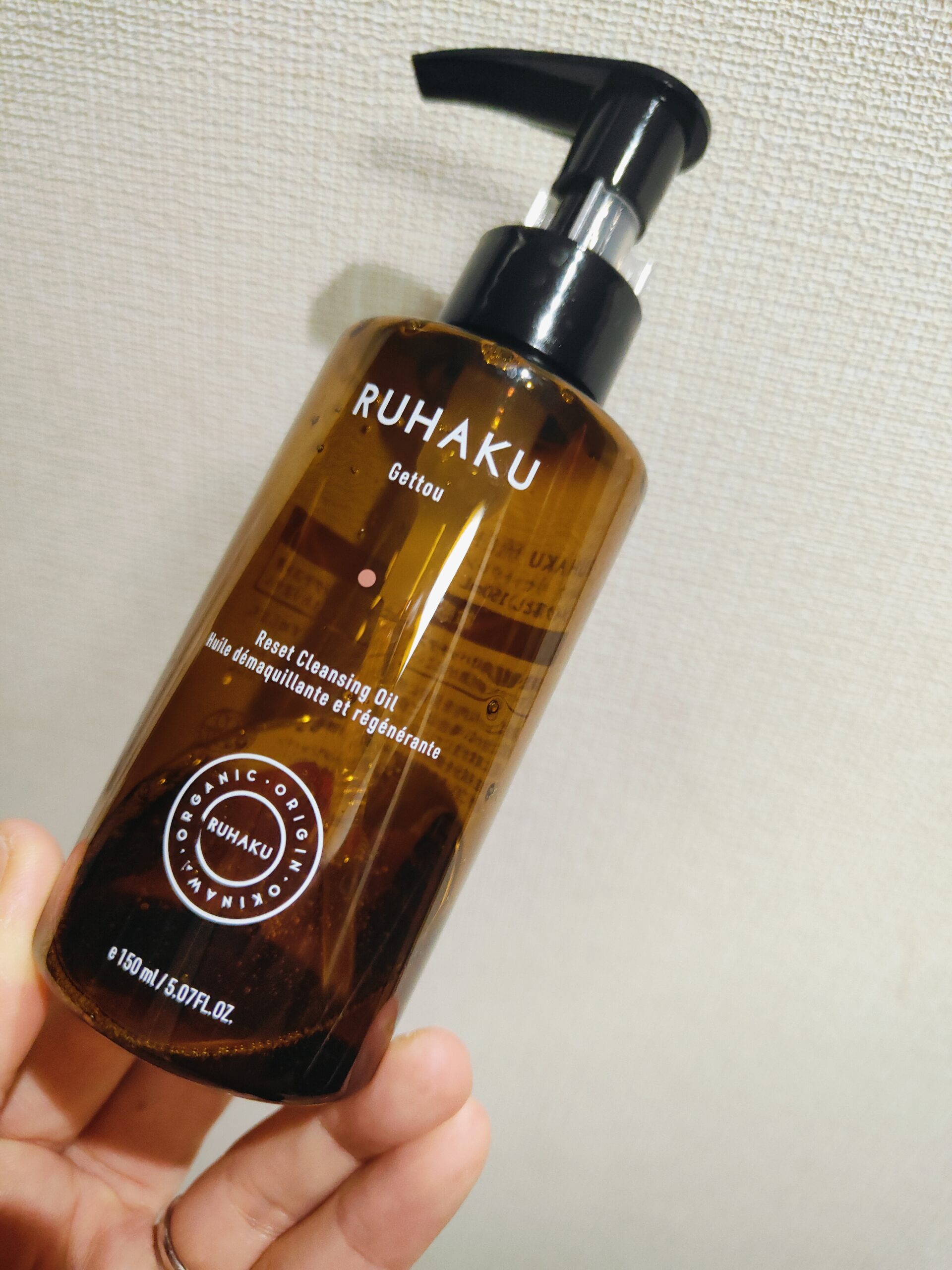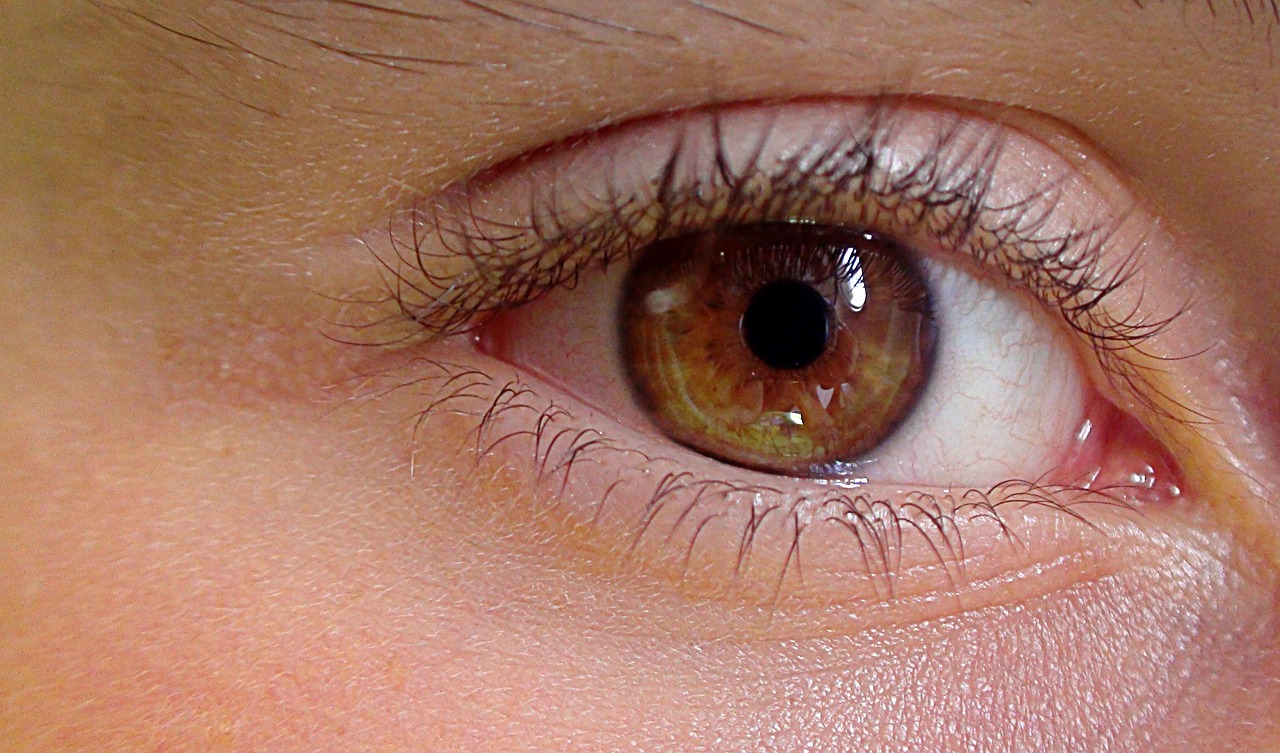About dark circles
The eye area has a huge impact on how tired or how old you look.
To be honest, one of the reasons I suddenly thought “Do I look older?” this year was my dark circles. ^^
Many people think dark circles are only caused by lack of sleep, but in fact, the cause and treatment are completely different depending on the type.
So first, let’s find out which type of dark circles you have.

Types of dark circles
- Brown dark circles (pigmentation)
- Blue dark circles (poor circulation)
- Shadow-type dark circles (sagging and hollowness)
In this article, we’ll focus on brown dark circles.
How to tell if you have brown dark circles
Here are some quick self-check points:
- The color does not change even if you gently pinch the area.
- It doesn’t look lighter even when you look up.
- It looks like many small spots are gathered under the eyes.
Main causes of brown dark circles
Brown dark circles are caused by pigmentation.
Main causes include:
UV damage and melanin buildup
The skin around the eyes is very thin, so melanin easily accumulates there.
Rubbing due to allergies or habits
Itching from hay fever, dryness, or discomfort from contact lenses can make you rub your eyes. Continuous friction causes pigmentation.
Dryness
Dryness → weakened skin barrier → melanin deposits more easily.
This creates a negative cycle.
Thickened stratum corneum
When skin turnover is disrupted, dead skin can build up around the eyes and make the area look darker, as if a shadow is there.
Brown dark circles are hard to fix quickly.
Improvement is usually a long-term process.
How to improve brown dark circles (external care)
Apply eye cream the right way
No rubbing. Gentle application is essential.
How you apply it also matters for fine lines around the eyes.
Never rub when cleansing or washing your face
The eye area is especially sensitive to friction. Be extra gentle.
Choose mascara that is easy to remove
Daily rubbing with strong eye makeup remover is one of the worst enemies of brown dark circles.
Many people rub their eyes hard when removing mascara.
My recommendation is:
- Use mascara that comes off with warm water
- On days I wear waterproof mascara, I use an oil cleanser instead of a separate remover.
This is what I use.

It works even for sensitive skin and removes mascara well.
But again, the key is to gently massage the oil around the eyes in small circles and let it slowly dissolve the makeup.
Leaving eye makeup on can also lead to brown dark circles.
Use a towel by pressing, not rubbing
Avoid rubbing with a towel.
If possible, choose a soft, gentle fabric and just press it lightly on the skin.
When your eyes itch, use eye drops instead of rubbing
(This is really hard, I know… 😢)
Especially during allergy or hay fever season, be very careful.
In my case, my symptoms are not very severe, but I started to feel some itching, so I always keep gentle eye wipes for the eye area and press them lightly instead of rubbing.
Take UV protection seriously
For pigmentation-type brown dark circles, UV care is essential.
Of course, be careful not to get sunscreen into your eyes.
Warm the area to boost circulation
First moisturize, then use a warm towel or warm cotton pads to gently warm the eye area. This helps blood flow.
Keep up with brightening care
Because results are not instant, consistency is key.
How to improve brown dark circles (internal care: diet)
Since brown dark circles are pigmentation, the basic nutrients are the same as for brightening care.

Vitamin C
Helps reduce melanin, has antioxidant and brightening effects.
Found in: kiwifruit, strawberries, cherry tomatoes, grapefruit, broccoli, spinach, bell peppers
Iron
Improves skin tone and reduces dullness.
Found in: red meat, liver, clams, spinach, beans
Antioxidant vitamins A and E
Help suppress melanin and support healthy skin turnover.
Found in: carrots, pumpkin, nuts, eggs
Vitamin A and zinc (for skin turnover)
This overlaps with vitamin A above, but here the focus is on supporting skin turnover.
They help improve thickened stratum corneum and support skin renewal.
Found in: eggs, liver, oysters, nuts, cheese
Other recommended food: sake lees
Sake lees contain powerful brightening components:
- Arbutin – often called a “bleaching” ingredient for the skin
- Kojic acid – suppresses melanin production
- Ferulic acid – a polyphenol with strong antioxidant effects
You can take sake lees as food,
or use them in skincare as a sake lees mask.
(If you have sensitive skin, patch-test first.)
What about lack of sleep?
Lack of sleep often leads to poor circulation,
so in many cases it shows up as blue dark circles.
When blood flow slows down, the eye area looks dull and the whole face looks tired and uneven in tone.
Some reports also suggest that stress from lack of sleep increases cortisol, which can lead to more melanin.
In that case, the under-eye area may look more like pigmentation-type brown circles.
On top of that, chronic lack of sleep increases fatigue and stress and accelerates aging, which can cause sagging and hollowness around the eyes…
Because of this, depending on your lifestyle and constitution, it’s common to have mixed types such as:
- blue + brown
- brown + shadow
- or all three together
So we can’t simply say “lack of sleep = blue dark circles.”
Please compare your own symptoms and lifestyle with these patterns and see which type fits you best.
Summary
- First, identify the main cause of your dark circles.
- Avoid the three major risks: friction, dryness and UV damage.
- Work on both skincare and diet.
- It takes time for results to show, so be patient and enjoy the process.
Also, find an eye cream that really suits you.
Dryness makes dark circles more noticeable and easier to form.
Steady, gentle care over time is actually the shortest path to brighter eyes. 🎶
Blue dark circles and shadow-type dark circles will be covered in the next articles.
